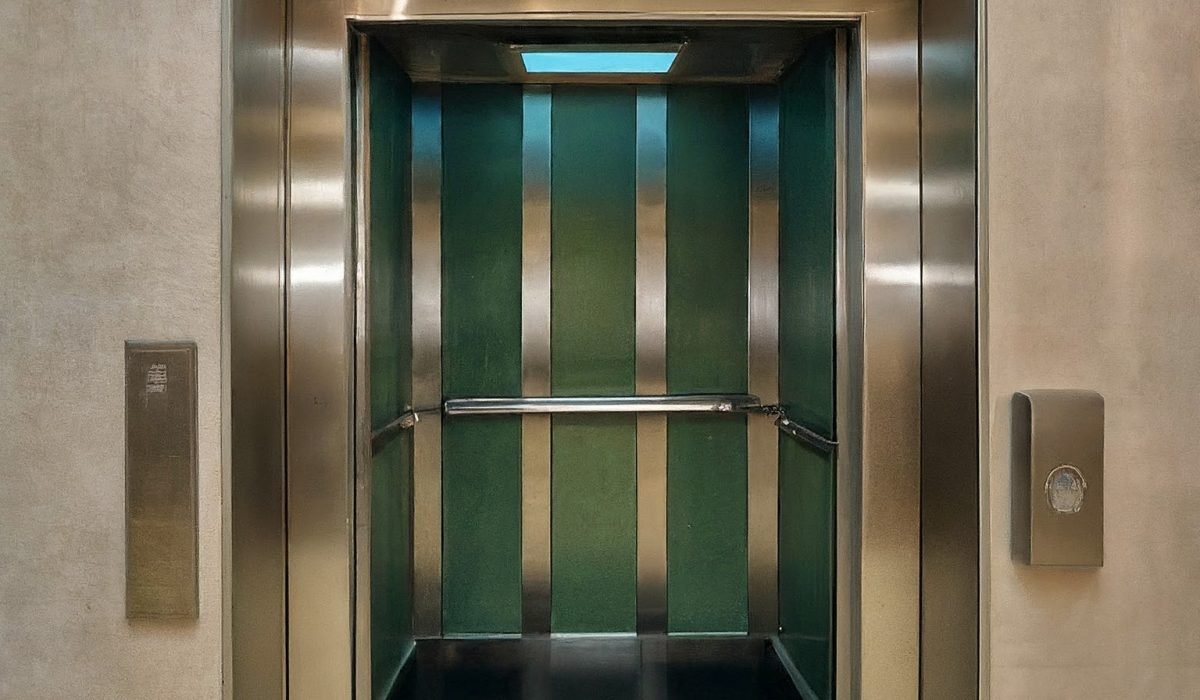Elevators are an essential part of modern life, whisking us up and down skyscrapers and office buildings with ease. But have you ever stopped to consider how these marvels of engineering actually work? In this article, we’ll take a deep dive into the anatomy of an elevator, exploring the components and mechanics that make up this essential system.
The Basic Components
An elevator system consists of several key components, each playing a crucial role in its operation:
- The Car: This is the passenger cabin that travels up and down the elevator shaft. It’s made of sturdy materials like steel or aluminum and is designed to withstand the weight of passengers and cargo.
- The Counterweight: This is a heavy weight that travels up and down the opposite side of the shaft from the car. It helps to balance the weight of the car and reduce the amount of energy needed to move it.
- The Drive System: This is the heart of the elevator system, providing the power to move the car. In most modern elevators, this consists of an electric motor, a gearbox, and a system of cables or belts.
- The Control System: This is the brain of the elevator, directing the movement of the car and ensuring its safe operation. It includes a microprocessor, sensors, and buttons that passengers use to select floors.
- The Doors: These open and close to allow passengers to enter and exit the car. They are equipped with safety features to prevent injuries, such as pressure-sensitive edges that stop the doors from closing if something is blocking them.
- The Safety System: Elevators are equipped with multiple safety features to prevent accidents. These include brakes, governors that stop the car if it exceeds a safe speed, and buffer springs that cushion the impact if the car comes to a sudden stop.
How It Works
When a passenger presses a button to call the elevator, the control system sends a signal to the drive system. The motor then turns, engaging the cables or belts and lifting the car up the shaft. The counterweight moves down at the same time, helping to balance the weight and reduce the energy required.
As the car reaches the desired floor, the control system signals the drive system to slow down and stop. The doors then open, allowing passengers to enter and exit. Once everyone is on board, the doors close and the process starts again.
Modern Advancements
Elevator technology has come a long way since its early days. Modern elevators are more efficient, reliable, and comfortable than ever before. Some of the latest advancements include:
- Gearless drives: These drives eliminate the need for a gearbox, making the elevator quieter and more energy-efficient.
- Regenerative braking: This system captures the energy generated when the elevator slows down and feeds it back into the power grid.
- Destination dispatching: This system uses algorithms to optimize elevator travel, reducing waiting times for passengers.
- Touchless controls: These buttons use sensors to detect passengers’ fingers, eliminating the need to touch physical buttons.
Conclusion
Elevators are complex machines that play an essential role in our daily lives. By understanding the components and mechanics that make them up, we can appreciate the engineering marvel that they truly are. As technology continues to advance, we can expect to see even more innovative and efficient elevators in the future.

